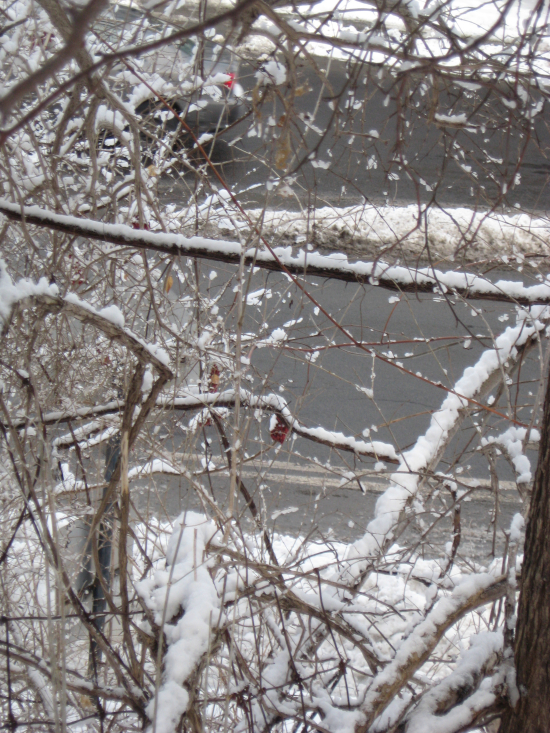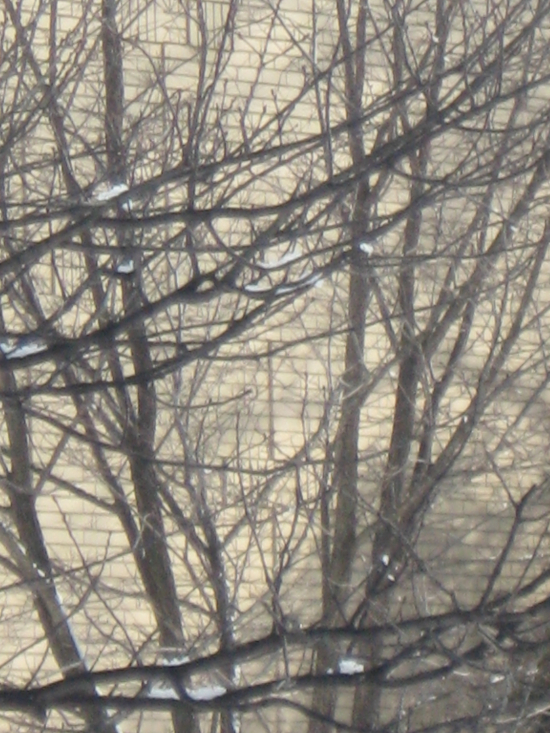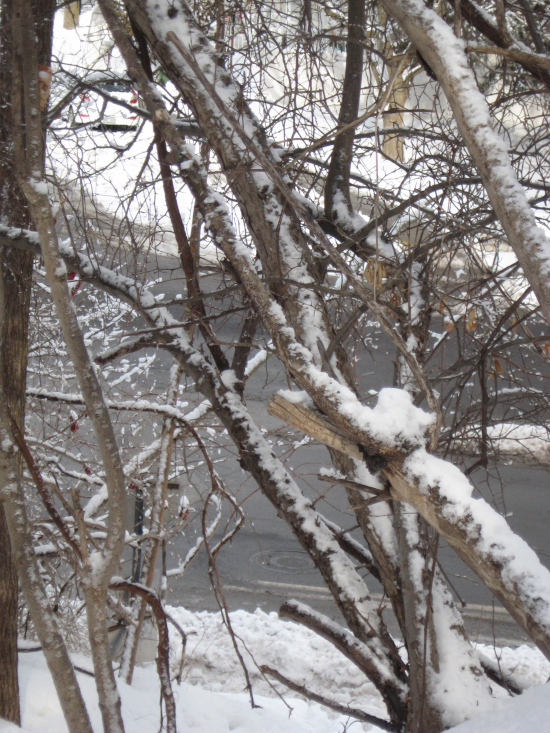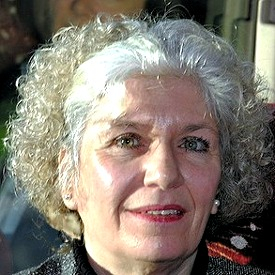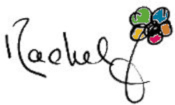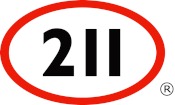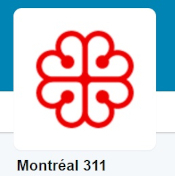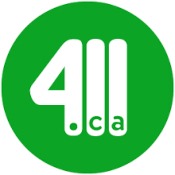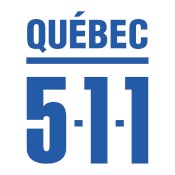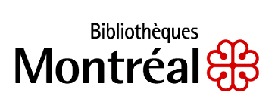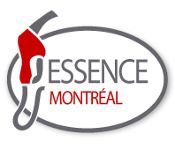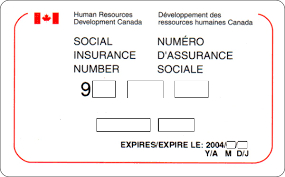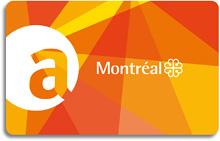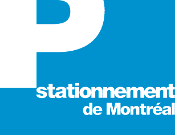Montreal Major Characteristics
Montreal major characteristics such as, the number of households is close to 780,000, our city accounts for 86.5% of all employment on the Island of Montreal and, our business establishments account for close to 65,000. Plus, 54% of all Montrealers travel by car as driver or passenger and 34% use public transport.
Montreal Streets and Sidewalks
Montreal streets, while quite ordinary in appearance, protect our utilities such as water, electricity and natural gas. Ordinary streets that cover our sewage as in adequate sewage disposal and our sanitation as in clean drinking water.
Sidewalks that cater to pedestrians and that offer a foundation for conveniences such as telephones, mailboxes and urban vegetation such as street trees. Streets that provide a platform for our metro system, our traffic signals, parking signs, parking meters and streetlights.
Freight Trains and Trucks
On average, each environmentally friendly freight train replaces something like 280 trucks that would, otherwise, travel on truck-only lanes, those that separate trucks from other mixed-flow traffic.
Railroads that have plenty of reasons to keep adding train cars. Long freight trains with 200 cars or more and up to 3 miles long save on fuel and on crews, reduce the cost of rail transportation and are environmentally friendly.
Trucks are the largest single source of air pollution responsible for smog-causing pollution and for carcinogenic diesel soot. Rail cars however, come in various shapes and sizes, enhance safety and stabilize traffic flow.
Rail Cars Shapes and Sizes
Rail cars are designed to carry cars, chemicals, forest products and lumber. Hopper cars handle bulk commodities such as coal, gravel or stone and gondola cars handle heavy or bulk products such as scrap metal, steel, wood chips and aggregates.
Rail cars such as a boxcar fully enclosed, a refrigerator car to move goods needing refrigeration, a road trailer to pull a train or to move over the highway, a tank car to transport liquids or solids or a trilevel auto car that can hold 12 standard sedans or 15 compact cars,
Bridges and Tunnels
City information details as in a variety of bridges of all lengths and types that each carry everything from cars, to trucks, to motorcycles, to bicycles, to pedestrians.
Bridges such as our old Champlain Bridge, one of the busiest crossing in Canada. As many as 60 million vehicles cross the bridge annually and more than $20 billion in Canada-United States trade are exchanged annually between our two countries
Bridge structures that span horizontally between supports and whose function is to carry vertical loads. Bridges that require constant cleaning and maintenance such as debris removals, drainage systems, expansion joints, mechanical sweepers, spot painting, paint removal, repainting, paving...
Montreal Kits - Montreal Major Characteristics
Disclaimer Keep in Touch! Montreal Tourism
Privacy Policy Rachel Louise Barry Sitemap
Montreal Kits © All Rights Reserved 2018-2024
The information provided by Montreal Kits is informational only and has no legal value.







